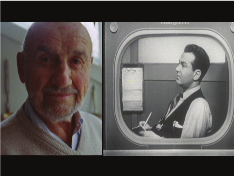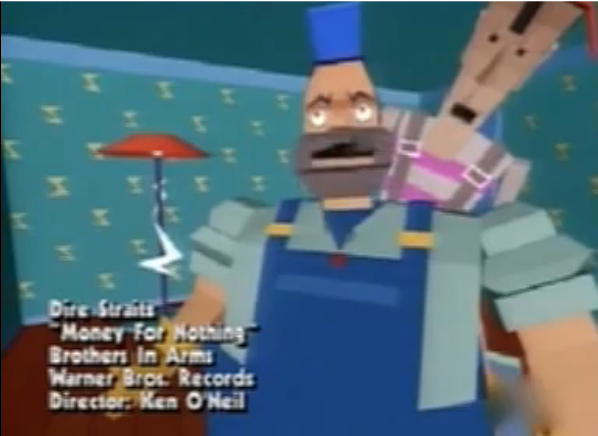FILM CLIPS from MAN AND THE MIDDLE CLASS
The Making Of Man And The Middle Class
Man and the Middle Class:

In the making of Man & the Middle Class: The Work and Vision of Henry Strauss (2010), I have drawn upon both public and private film archives to bring together nearly 100 films which illustrate the historical periods of which Henry speaks--many of these films are available online, providing an opportunity to delve more deeply into their historical meanings and, in many cases unique aesthetic qualities. I begin this collection with two seemly very different videos from today, and from the dawn of the video era. The first, Paul Krugman, Nobel Prize winning economist explains the development of the middle class as a sudden phenomenon that developed from the New Deal policies of the 1930s, the labor policies of the Second World War and the Union Movement—Krugman contrasts the 1950s growing middle class with the 1980s when the American middle class began to disintegrate. The next, a link to the YouTube clip of the hugely popular and possibly the first, music video hit, Dire Strait’s I Want My MTV. Linking popular culture from the 1980s with Krugman’s argument shows a pretty striking story told for young people that there was a shift happening, and in that shift it was the manufacturing sector and its once thriving workforce which would suffer.
Paul Krugman- Income Inequality and the Middle Class(2007)
I Want My MTV (1982)

Thought Exercise for Money for Nothing, by Dire Straits:
First describe the aesthetics of the video. These were cutting edge graphics for their time, what do you think these early computer animations were trying to say about the workers? What about the musicians? From whose point of view is the story told from? Who does the audience tend to identify with? Is it the same or different from what the workers are saying? What does this tell us about the 1980s? Use Krugman’s comparison to the 1950s.
THE DEPRESSION
Millions of Us (1938)
The film ‘Millions of Us’ is an art film produced in the 1930s by Jack Smith, and written about in The Nation in 1938: “They are without further preamble, propaganda pictures; or if one prefers films of social significance, or better yet, studies of contemporary public life. “Millions of Us” was moving to me not merely because it was a labor film with whose thesis I could agree, but even more because it was an American labor film; with an indubitably American boy dreaming of food in the alleys not of Moscow or Paris but of Los Angeles.”
What is this film’s thesis about labor? What do you think is the difference between a propaganda film and a film of social significance? Try to explain the difference with some specificity? Is there a difference?
FDR Fireside Chats. Unemployment 1935
The 1930s was a moment in American history where we were confronted with enormous economic and social challenges. A double-dip recession with nothing more than a slow and incomplete recovery in-between meant that unemployment was very high, and at times reached nearly 25%. There were few public resources for these individuals and the U.S. had an enormous and mobile population of homeless, unemployed men as well as families and children without options. This was a huge shock to the American psyche, and resulted in some real changes through Franklin Delaware Roosevelt’s ‘New Deal’.
Griffith Park Relief Workers Demonstration (1933)
“Many of the signs have nothing to do with the Griffith Park fire, including one that says, Fight Against Foreclosures of Small Homes.” In images from the Great Depression it is easy to find correlations from today—homeless veterans, housing foreclosures and a protest begun by the abuse of homeless men forced to work and for some, die in containing the Griffith Park fire. This snippet of a historic moment during the Depression gives pause when we contemplate dire economic predictions today.